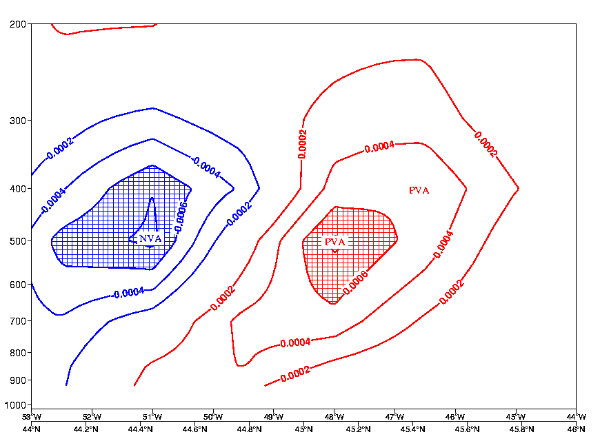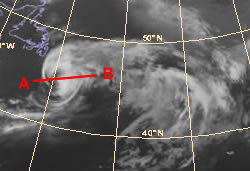ETT Model Fields 00 UTC 06/08/2004









Isentropes
The isentropes of the equivalent potential temperature reveal a distinct trough structure indicating the warmer air which has been lifted and the baroclinic zone of a surface front. In this case the upper level trough is forward inclined with height. To the east the isentropes still reveal an unstable stratification. However this is less than 6 hours prior.
The isentropes of the equivalent potential temperature reveal a distinct trough structure indicating the warmer air which has been lifted and the baroclinic zone of a surface front. In this case the upper level trough is forward inclined with height. To the east the isentropes still reveal an unstable stratification. However this is less than 6 hours prior.

